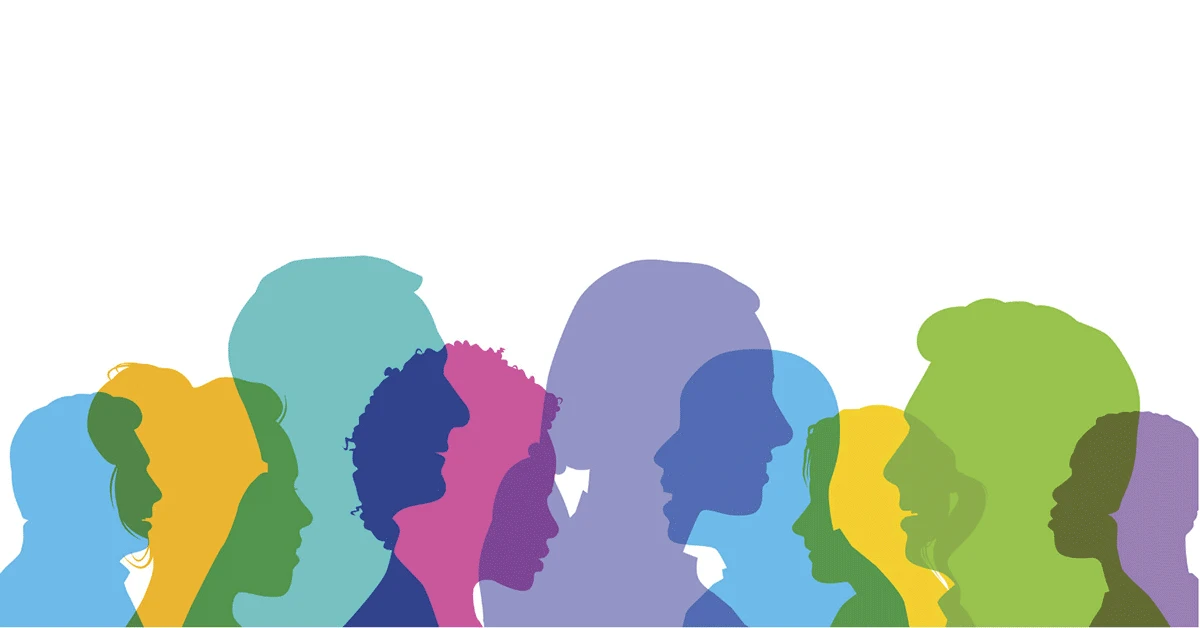Editors' Update - supporting editors, every step of the way.

很遺憾,我們無法支援你的瀏覽器。如果可以,請升級到新版本,或使用 Mozilla Firefox、Microsoft Edge、Google Chrome 或 Safari 14 或更新版本。如果無法升級,而且需要支援,請將你的回饋寄給我們。
我們衷心感謝你對這個新體驗的回饋。告訴我們你的想法 打開新的分頁/視窗
2020年6月22日
Shivaani Kummar, Christopher Tancock

An interview with Shivaani Kummar, Editor-in-Chief, Current Problems in Cancer
© istockphoto.com/Kevin Smart
Tell me a little about yourself and your background.
I am a medical oncologist. My main area of expertise is in developing new treatments for cancers. I conduct early phase clinical trials of new agents and my goal is to facilitate and expedite the development of effective new treatments for cancer. I am the principal investigator for a number of ongoing clinical trials, spanning chemotherapy, molecularly targeted and immune based therapies
How did you come to start editing Current Problems in Cancer?
I was Head of Early Clinical Trials Development at the US National Cancer Institute. I was approached to become an Associate Editor (AE) for Current Problems in Cancer back in about 2012. I took up the AE role and when the decision was made to relaunch the journal around 2016 in a new format, I was asked to come on as Editor-in-Chief (EiC). I worked with Elsevier staff to reformat and reposition the journal. It's been a very interesting journey, not too many surprises, more a series of interesting questions. For example which audience to target, how to best to attract the readership, how to get people involved. There have been a few learning curves trying to figure it out, but it's been going well. The number and quality of submissions is going up so that's a good thing!
Is the issue of gender balance in academia/academic publishing something you've been interested in for some time?
My main motivation on becoming the EiC was to appeal to a broader base - become more international, understand how to engage the younger generation and get them involved. I've been trying to increase the visibility of the journal by inviting a more international group of physicians to participate on the editorial board and as AEs. Through the process, I realized more and more that this was a very male-centric area. I soon noticed the same names kept coming up - all men! I therefore started to reach out to my contacts to figure out who were the female leads in the areas of interest.
At the start, my main motivation was to build this more international, broader base for the journal. I wasn't specifically targeting the gender balance issue, but this evolved from the original initiative. I've become a strong believer that we need to look at all these issues - gender, diversity, representation. There needs to be involvement from all stakeholders. So much of what goes on is dominated by the northern US and western Europe, for example. On our journal, we're trying to expand further – get AEs and editorial board members from various countries. This is resulted in our attracting a growing number of submissions from around the globe.
So how has your work in increasing gender diversity developed then?
I've been trying to find who are the rising stars in their fields. The process has to be fair about talent/area of expertise, interest in contributing, but once you start making an effort to identify more women in the field, you realize there are plenty! They may not have been on many boards, but they are out there and publishing the same or better than many of the men who were recommended. I'm just about building a talented group of individuals for the journal. We've also been trying to reach out to women in academia to encourage submissions.
Has this drive to increase diversity been a success would you say?
As far as attracting female AEs, we now have six from across the globe. So I see it as a win that we've been able to attract such talented, successful women who are willing to contribute to the journal. We've also been trying to get them to encourage their networks and through them, try to extend yet further and identify members internationally.
There's no formal process and the work is still very much ongoing. One new AE just joined recently from South Korea, for example. We're trying to "shift the balance" - become more global but also better balanced in gender terms.
What message/advice would you give to editors on other journals?
I've seen over the years that if the leadership of a journal has good gender balance, it will attract women. Seeing this encourages them to volunteer/get involved. This is one of the reasons we've deliberately sought women AEs: it helps to communicate the message. Therefore my advice is: get more women involved in the editorial process!
If you make your search about getting the "best person", then you will inevitably get more gender equality.
What are the "next steps" and how might you want to build from here?
This has naturally developed, following on from how we developed the journal: it's not a formal process. For now, the plan is just to continue, albeit being more aware of the issues here. Taking a step back, this is about looking at the whole spectrum of talent, not just the few names that are highlighted repeatedly. If you go after talent and expertise, you will find both women and men. If you make your search about getting the "best person", then you will inevitably get more gender equality.

SK

CT
